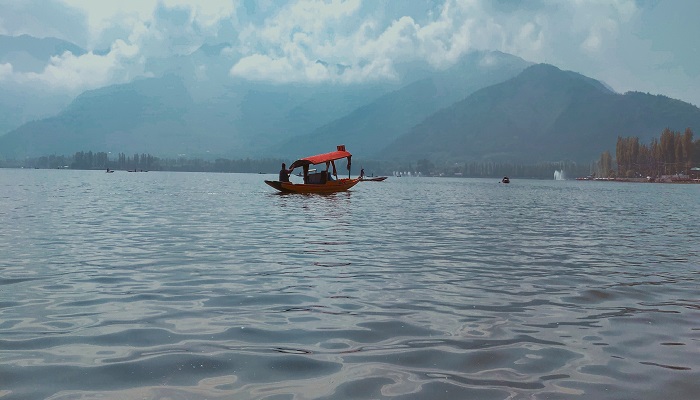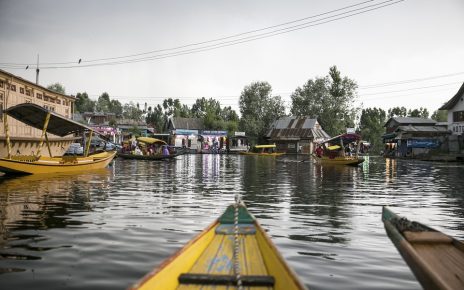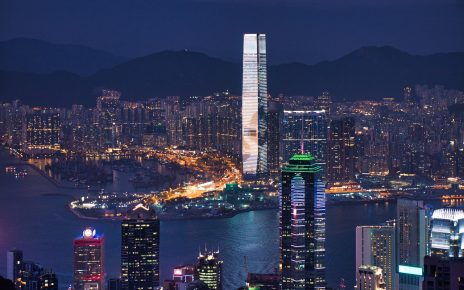Kashmir is without a doubt one of the most beautiful places on the planet. The Kashmir Great Lakes Trek (often known as KGL) explores pristine high altitude lakes such as Gadasar, Satsar, Nundkol, Gangbal, Vishansar, and Krishnasar and is one of the most popular treks in the region. So, if you want to do the journey and have some questions, this blog on the Kashmir Great Lakes trek faqs can help you find answers and get ready for the walk!
1. When should you go on the KGL Trek?
Between July and September, trekkers can embark on the Kashmir Great Lakes trip. The reason for this is that during the other months, Kashmir is blanketed in snow due to extreme weather conditions, making trekking in the snow difficult.
While the rest of the country, including most routes in Uttarakhand like Valley of Flowers, is experiencing the rainy season during this period. Kashmir, on the other hand, is an exception. The monsoons are blocked by the Pir Panjal mountain, which isolates Kashmir from the rest of the Indian subcontinent.
In reality, the months of July to September are considered prime summer months as they transition to autumn. One of the reasons why Kashmir is so beautiful during these months is because of this. Over the course of three months, the colours you see and the landscape you see change as Kashmir prepares to welcome Autumn.
2. Difficulty Status:
With our Kashmir Great Lakes trek faqs blog, we’d like to answer one of the most frequently asked questions: the trek’s difficulty level. The KGL trek begins at Sonamarg, at an elevation of 9,186 feet (2,800 metres), and steadily ascends to a maximum elevation of 13,800 feet (4,200 m). We grade this hike as a moderate trek based on our experience and the terrain.
You’ll be hiking for six days, with one day off as a rest day. Every day, the average distance travelled will be between 12 and 15 kilometres. This also implies that you’ll be climbing for anywhere from 5 to 8 hours during the day. This may alter depending on your fitness level and the group’s pace. Because the climbs are difficult, Nomads who intend to participate in this expedition should be physically fit. Every day of the walk involves a combination of gaining and descending 1500 feet.
1. This is the only trek with such a difficult first day. In about 6-7 hours, you gain over 3,000 feet. It’s safe to assume that this climb will put your endurance to the test.
Additionally, because you are fast ascending in altitude, you may have symptoms of Altitiude Mountain Sickness (AMS). If you develop any of the AMS symptoms, please notify your trip leader/captain right away.
2.
This is a hard climb that will exhaust you if you have not adequately prepared for the hike. On the stark landscape of the Kashmir Valley, the ascent is steeper and more difficult. Despite the fact that you’re climbing in a series of switchbacks, you’ll need both physical and mental stamina to keep going.
3. You’ll come across a 40-minute area covered with large stones on this day. There isn’t a trail in this area. To go across this section, you’ll have to hop, skip, and jump. If you aren’t quick on your feet or mentally prepared for this, it could be challenging.
3. Temperature:
One of the most crucial things to know before going on a hike is the weather and temperature. This Kashmir Great Lakes trip FAQs blog will help you prepare for the walk by covering all factors of weather and temperature.
As previously stated, Kashmir is under the rain shadow zone due to the Pir Panjal mountain range. This is why Kashmir experiences little rainfall during this time (July to August).
The month of July, when we begin our adventure to the Kashmir Great Lakes, is the height of summer. While the plains of Srinagar can be hot, with temperatures ranging from 25 to 30 degrees Celsius, the mountains are cool. When the sun is above during the day, it can be very severe. At the upper camps, the evenings and nights are pleasant, with temperatures ranging from 5 to 8 degrees Celsius.
In the Kashmir Valley, these are unquestionably the warmest months. The daytime temperatures can easily reach 20° C, while the evenings are chilly and tranquil, with average temperatures around 5° C. The same temperature can also be found in the higher camps.
Wearing a sun cap can save your life by shielding your head from the sun’s rays.
Although there will be some light rain on the trail, nothing will stop you from trekking. In the late afternoons and evenings, it may rain. However, don’t be shocked if it rains throughout the day on occasion.
As you get closer to the end of August, the temperatures in the Kashmir Valley will begin to drop. The temperature drops by at least 3-4 degrees Celsius week after week in September. As you climb higher in height, nighttime temperatures can reach -3° C and even -5° C.




